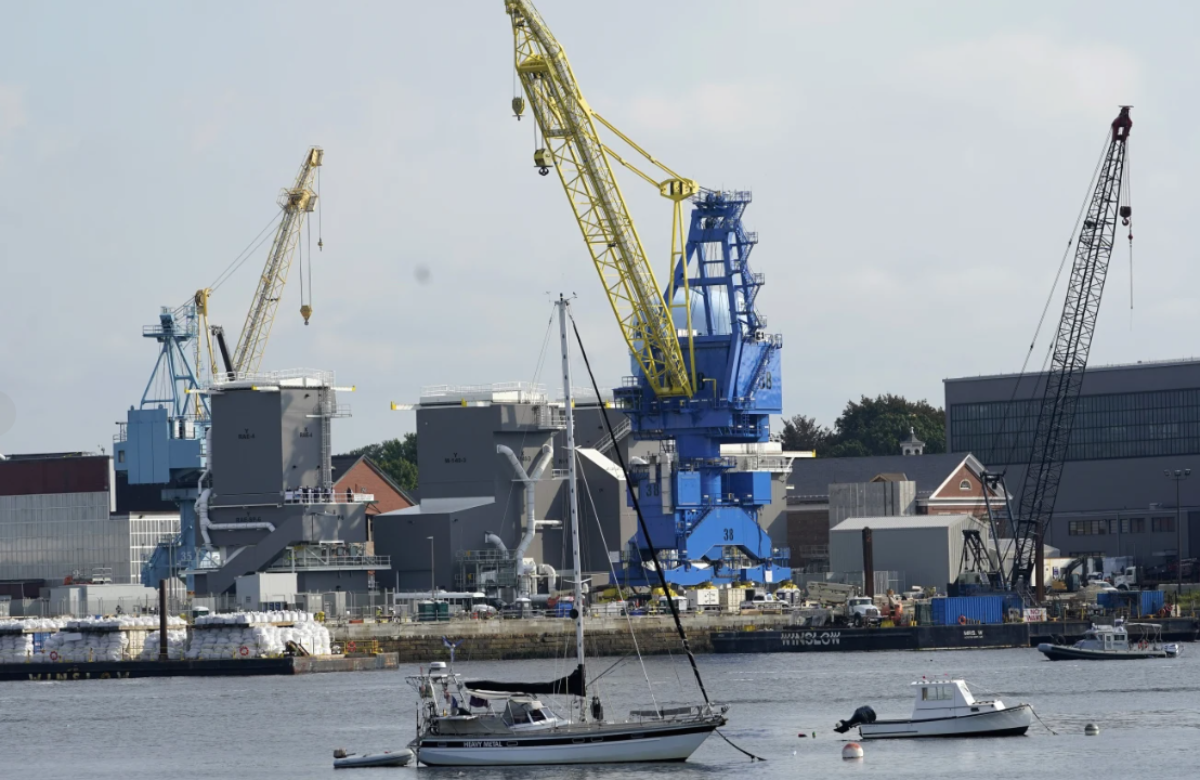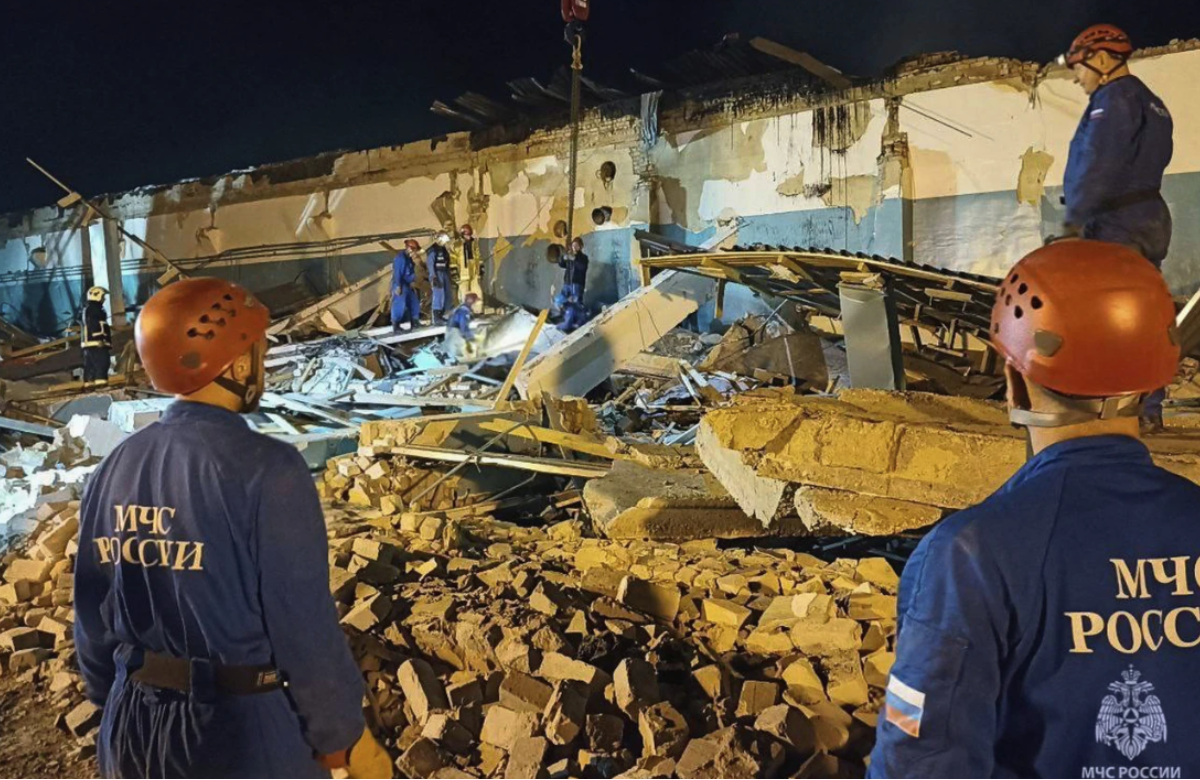North Korea suffered a major setback in its naval modernization efforts after its latest warship was severely damaged during a failed launch on Wednesday, state media reported. Leader Kim Jong Un, who witnessed the incident firsthand, condemned the failure as a national embarrassment and blamed multiple institutions for negligence.
According to the Korean Central News Agency (KCNA), a malfunction caused the 5,000-ton destroyer to prematurely slide off the launch ramp. The stern plunged into the water while the bow remained stuck on land, resulting in significant structural damage to the ship’s hull.
Satellite imagery later confirmed the vessel lying awkwardly with the stern submerged and the bow stranded. Though North Korean media withheld photos of the scene, naval experts described the damage as potentially catastrophic, warning of serious hull warping or even a snapped keel due to the stress of an uneven launch.
Kim Jong Un labeled the incident “a criminal act” and held several state bodies, including the Munitions Industry Department, Kim Chaek University of Technology, and the central ship design bureau, responsible for the mishap. He demanded accountability and ordered the vessel to be repaired before the next Workers’ Party plenary session in late June, calling it a matter of national pride.
This destroyer was expected to be the second major surface combatant unveiled by North Korea this year. In April, Pyongyang introduced the Choe Hyon, its first newly built destroyer in decades. That warship was touted as part of a broader plan to enhance naval capabilities in response to perceived threats from the United States and South Korea.
Analysts had noted that the Choe Hyon appeared to deviate from North Korea’s aging Soviet-era designs, possibly incorporating modern Russian features. The new damaged vessel was reportedly equipped similarly.
KCNA later claimed the extent of the damage was less than initially feared, citing surface scratches and some seawater flooding in the stern but no hull breaches. Officials estimated repairs might take around 10 days. However, outside experts disputed that timeline, saying the extent of the damage could require months of work and cast doubt on the ship ever being operational.
Some analysts suggested that the lack of a proper dry dock—an essential facility for launching and repairing large ships—contributed to the failed launch. Former South Korean naval officials noted that attempting such a launch without adequate infrastructure was risky and likely led to the accident.
An investigation team has been formed, and senior officials are expected to face disciplinary action at the upcoming Party Central Committee meeting. Observers also questioned whether the warship was functional at all, noting a lack of evidence that it was equipped with working engines or combat systems.
The accident casts a shadow over North Korea’s naval ambitions and highlights the challenges facing its efforts to modernize a navy often viewed as the least advanced branch of its military.













